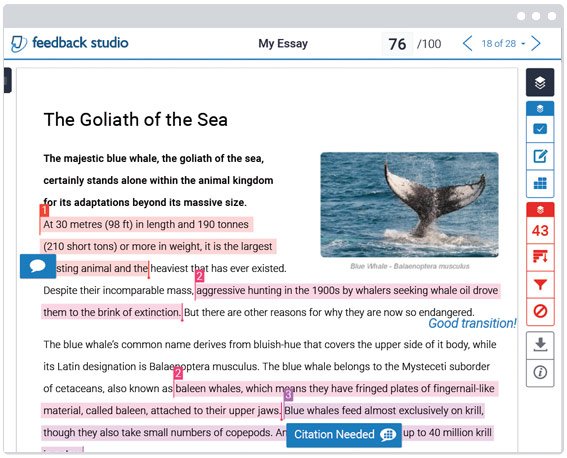by Janice Florent
Unlike face-to-face instructors, online instructors are generally inundated with questions from students by way of email messages. It doesn’t take long for an online instructor to feel like they are drowning in student emails.
In a recent eLearning Industry article, Dr. Liz Hardy provided five tips to help you manage student email to avoid a flood of student email. Those tips are:
1. Make communication time frames clear.
Tell your students what to expect when communicating with you. When your students understand your communication rules, they are more likely to work within those rules.
2. Prevent unnecessary student emails in the first place.
Set up your Blackboard course to be as learner-friendly as possible. If your students can find the information they need without extensive searching, they’re less likely to email you for help with simple questions. By encouraging self-directed learning, you find that student email more often relates to valid questions - rather than multiple queries about when the next assignment is due.
Consider using the “three before me” rule, which pushes the responsibility of locating an answer to frequently asked questions to the student. The student must prove to the professor that he/she has attempted to obtain the answer from three different sources prior to contacting the professor.
Additionally, you can minimize emails by utilizing Blackboard for assignment collection. The Blackboard assignment tool is an efficient way to manage and collect your student’s individual and group assignments digitally and can help to unclutter your inbox.
3. Scan your inbox before you answer even one student email.
Scan your inbox first. Are there messages from colleagues or administrators you need to answer first? Is there a reply from a student you’ve been waiting to hear from on an urgent issue? Deal with those messages first. Then you can look for patterns – are there any students who have sent you several emails since you last checked? Try reading email in reverse date order. You may find the student has answered their own question. In this case you can send one email back to the student with a single-line response.
4. Don’t multi-task.
It’s actually more efficient to deal with each student query in full, completely, and then move onto the next. What seems like saved time through multi-tasking can actually lead to a lot of backtracking and cross-checking, as you try to make sure you’re matching the right answer to the right student.
5. Answer student email in blocks.
Check your email messages two or three times a day, in blocks. Avoid checking at other times. Mute your speakers so you won’t hear that demanding bleep every time email arrives in your inbox.
These practical approaches will help you take control of your inbox, and get on with your teaching day. If you would like more information, read Dr. Hardy’s article "5 Ways To Survive A Student Email Avalanche."










